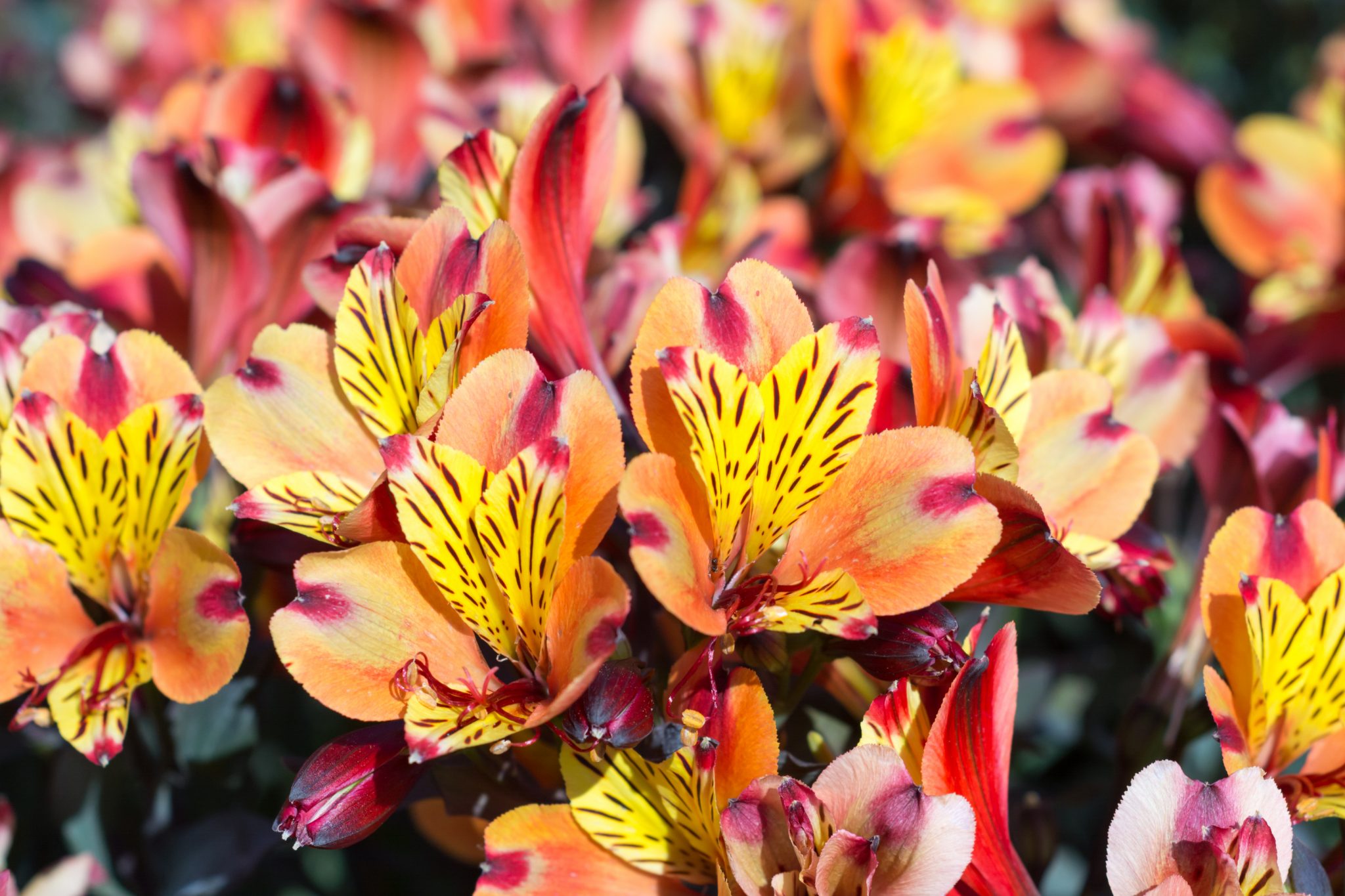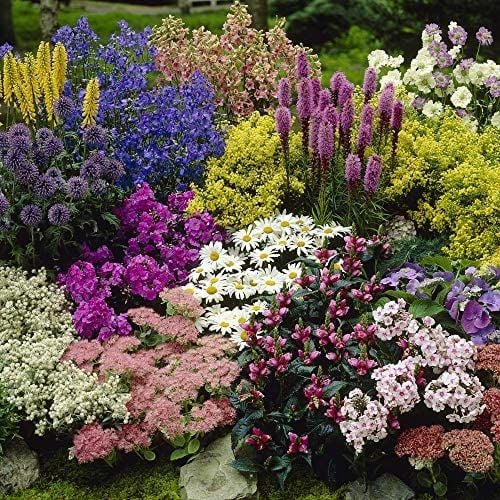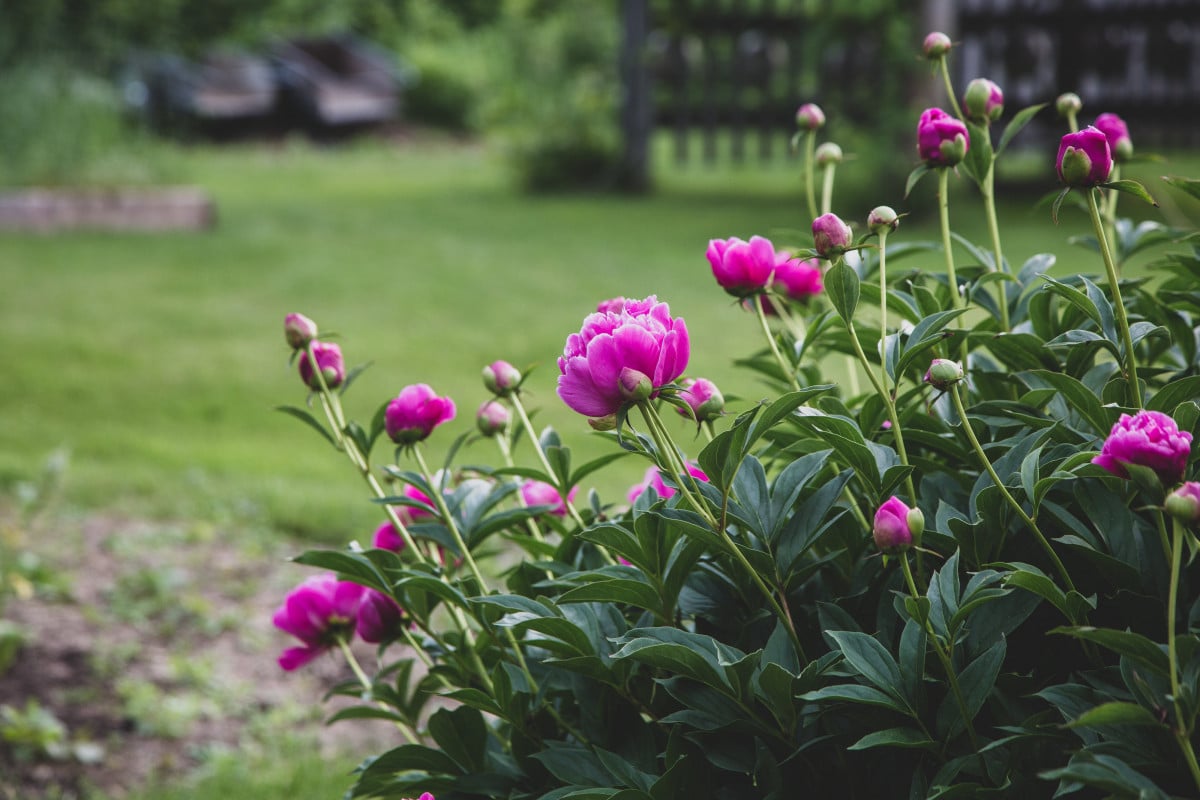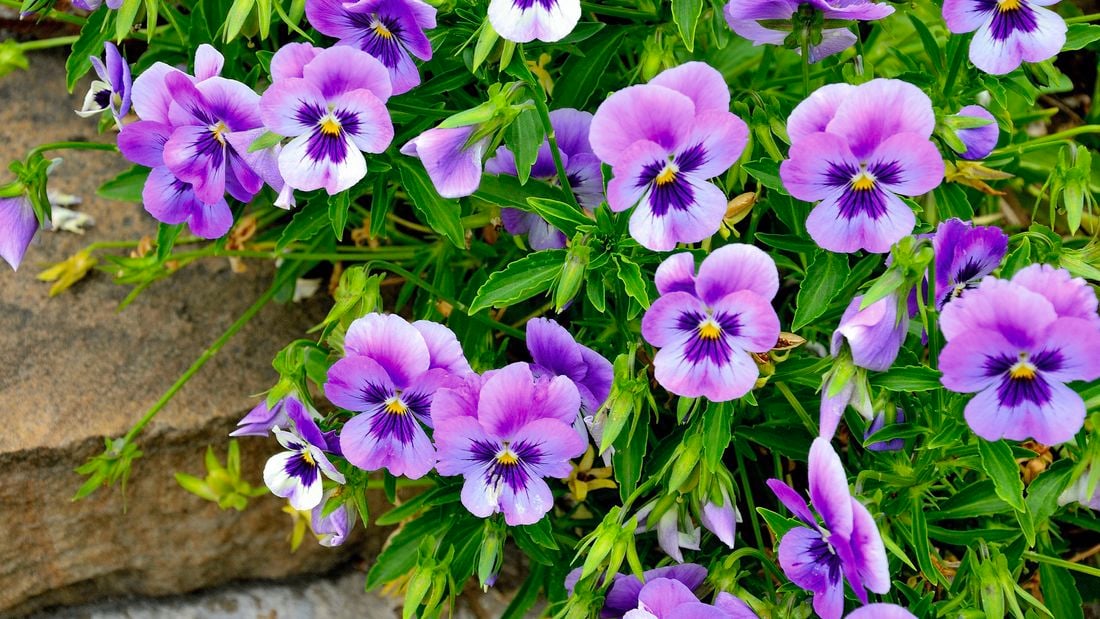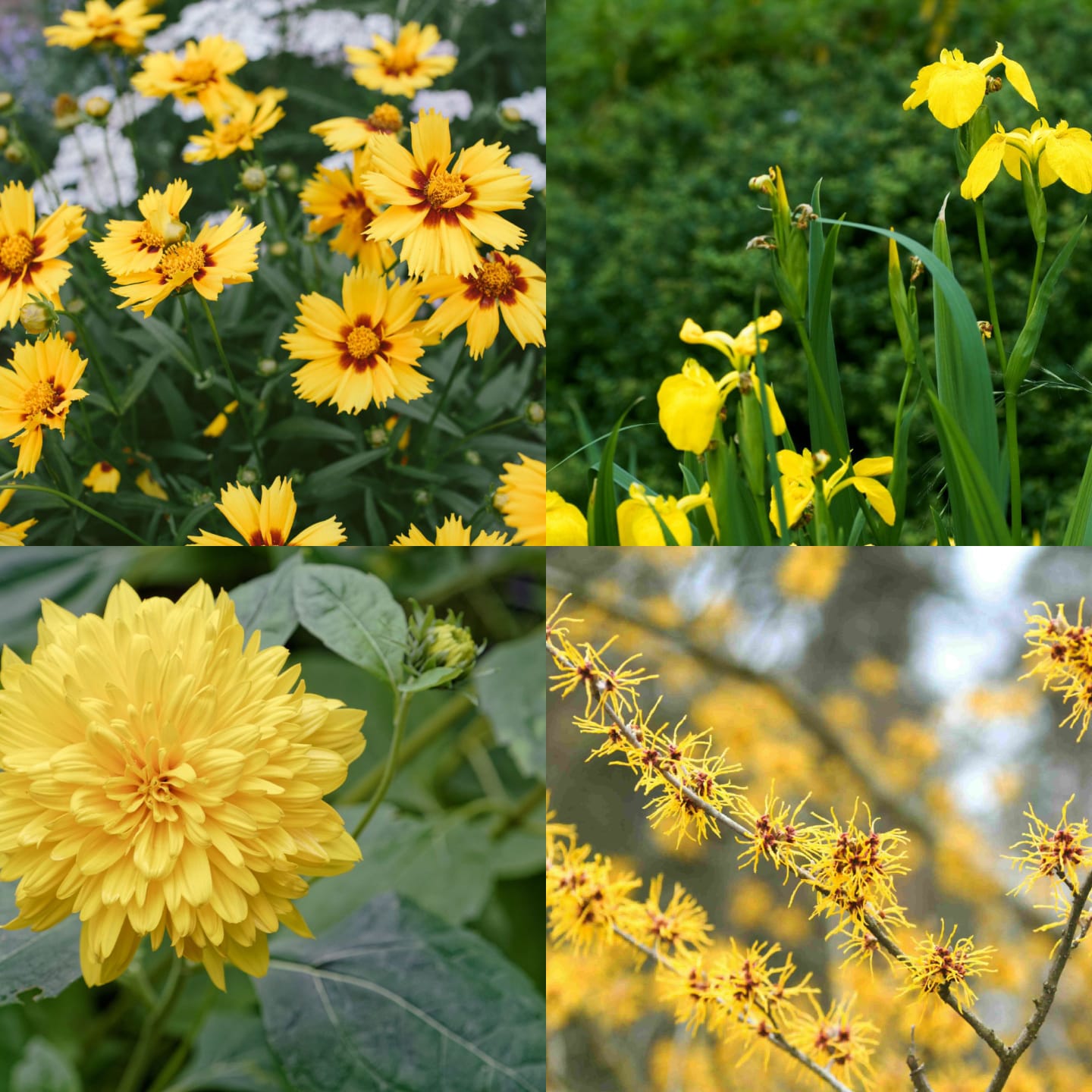Does Lavatera Self-Seed: Understanding Its Reproduction
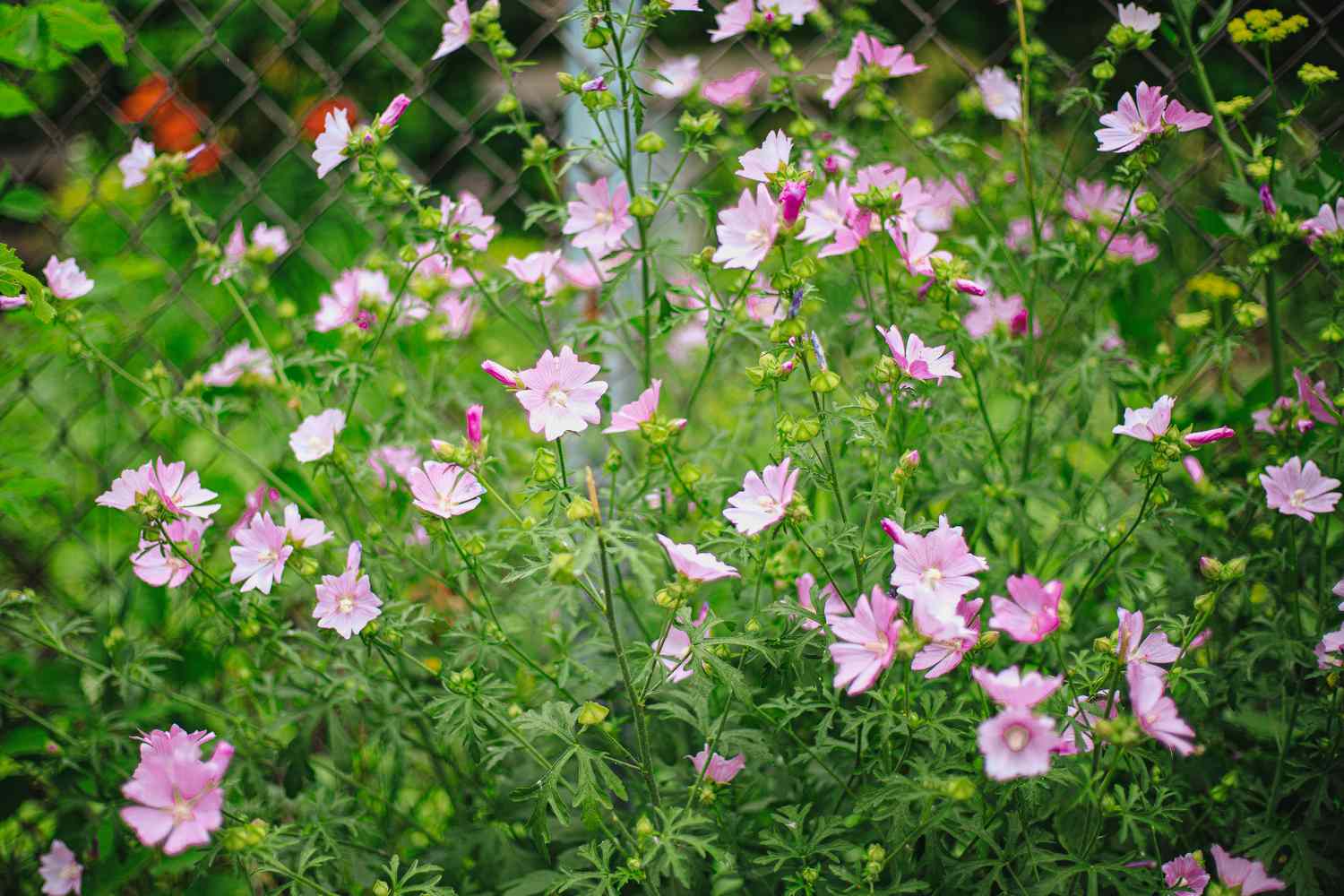
Table of Contents
There is nothing more fulfilling than having a place filled with colorful flowers, and what better way to fill your grander than growing lavatera flowers? Lavatera, with its captivating flowers and lush foliage, is a popular choice among gardeners. One of the things that make them stand out is their ability to self-select, providing an enchanting natural display year after year and avoiding lavatera problems.
So, let’s dive into understanding how Lavatera self-seeds itself.
How Does Lavatera Self-Seed?
1. Bursting Seed within Pods
When it comes to self-seeding, lavatera plants are known for their own seed pods, which can burst open when they ripen, leading to a lot of growth. So how does it self-seed the plant? Well, yes, it helps them grow and thrive. When the pods split open, they release seeds into the surrounding soil, initiating the self-seeding process. This natural process allows Lavatera to reproduce effortlessly, without any human intervention and can find new ways to get into new locations in your garden.
2. Making Gravity Your Assistance
When it comes to Lavatera, gravity plays a huge role. So, as the seed pods mature and become heavier, gravity causes them to slowly descend toward the ground. When they finally touch the soil, they release their seeds, after which they can then germinate and grow into new Lavatera plants. This plant will thrive, and the process will continue.
3. The Power of Wind
The seeds of Lavatera are lightweight, making flow in the wind. This leads to wind dispersal. On heavy, breezy days, the wind can carry these tiny seeds away from the parent plant and scatter them across different parts of the garden. This natural method makes sure that Lavatera self-seeds in different locations, creating a beautiful landscape for you.
4. Seed Release Due to Rain
One of the ways in which Lavatera seeds can grow is rainfall, as they can trigger the release of Lavatera seeds. This happens when rainwater gets in touch with the seed pods, and it can soften them, leading to open and drop their seeds onto the damp soil below. This entire process is a testament to nature’s ingenuity in making sure that the seeds and variety of Lavatera survive.
5. Animals
One of the oldest and best ways to keep the plant self-seeding is with the help of animals.
The nectar of Lavatera’s flowers attracts pollinators such as bees and butterflies. These insects then aid in the self-seeding process by transferring pollen between the two flowers. As they visit multiple blooms, they facilitate fertilization, which leads to the formation of seeds in the developing seed pods. This is one of the most interesting processes where nature gets involved in self-seeding.
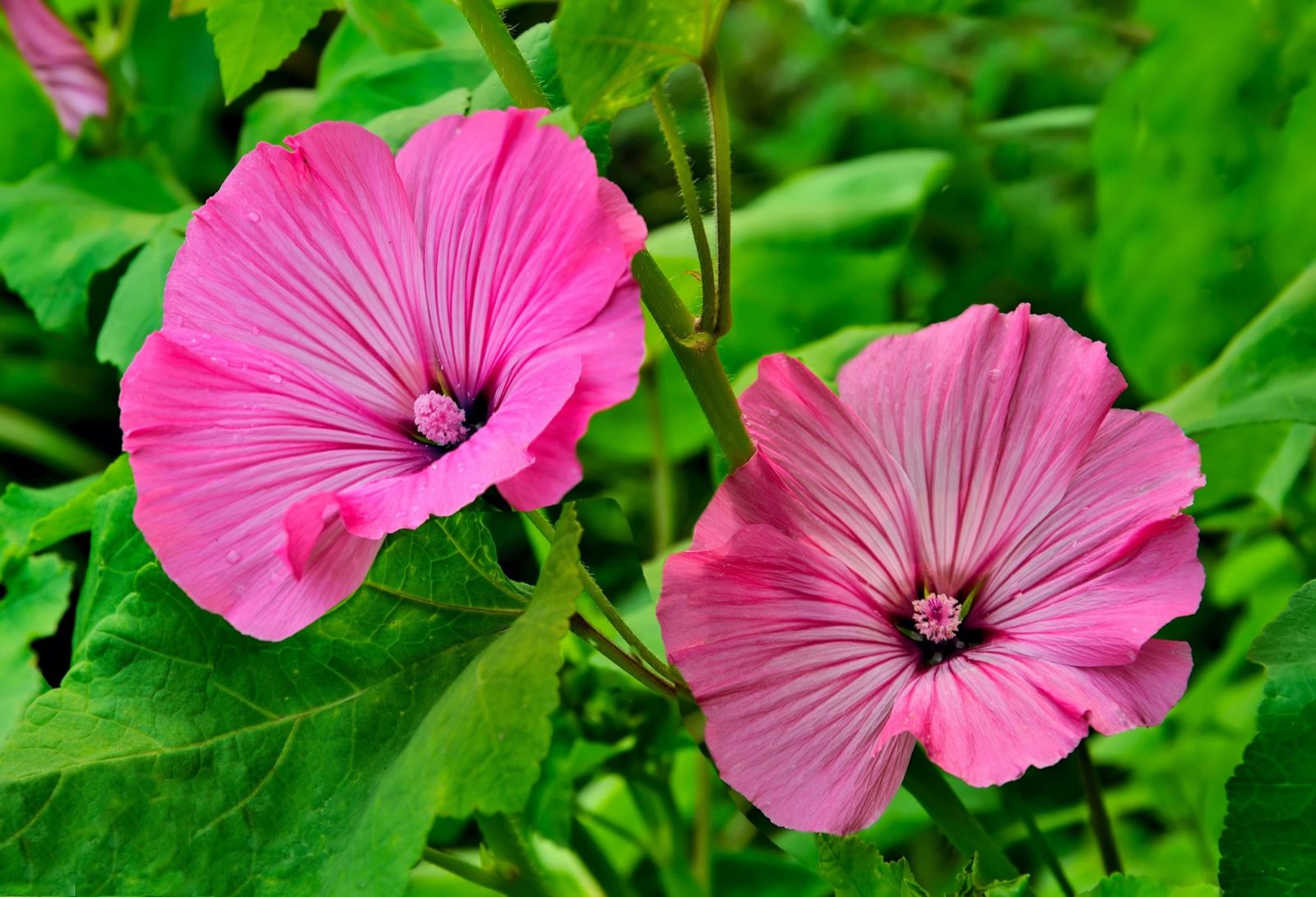
6. The Birds
If animals are helping, the birds are not left behind. Birds, like sparrows and finches, are known to feed on Lavatera seeds. When they consume the seeds, they may inadvertently drop some to the ground, where they can germinate and grow into new plants. Birds thus play a role in both seed dispersal and Lavatera’s continued presence in your garden. So. let the birds play around your garden.
7. The Distribution Of Soil
Soil plays a huge role when it comes to self-seeding. Lavatera seeds need contact with the soil to germinate successfully. Soil disturbance, either caused by gardening activities or natural processes like erosion, can lead to buried seeds in the right conditions for germination. This can end in a surprise appearance of Lavatera in unexpected areas of your garden.
8. Compost
Lavatera seeds also grow from compost piles. If you add plant material from mature Lavatera plants to your compost pile, be ready for a delightful magic. Compost can provide ideal conditions for Lavatera seeds to germinate and grow. When you later use the compost in your garden, it may introduce Lavatera seedlings along with rich, fertile soil. So use that compost and let your garden thrive.
9. The Magic of Mulch
When you apply mulch around Lavatera plants, it can help suppress weeds and retain moisture. In this cozy mulch layer, seeds that naturally fall from the parent plant can find the perfect conditions for germination. Mulch acts as a protective blanket, shielding the seeds until they are ready to sprout. This makes it an ideal condition for the plant to thrive and lets you feel the magic of plants.
10. Volunteer
If you have had Lavatera in your garden once, then it will be in your garden forever.
Once Lavatera establishes itself in your garden, it often becomes a reliable volunteer, with new seedlings appearing each year. These volunteers can be seen as a gift from your garden, as they bring the joy of Lavatera’s colorful blooms without the need for replanting or seed purchases. So, invest in one plant and let the magic spread.
Conclusion
The ability of Lavatera to self-seed is a great gift to the marvels of nature. The blog talks about the 10 ways in which seeds thrive, but there are so many more ways in which the plant can thrive and grow. All the plant asks is the right kind of environment. Once the plant gets the right environment, it will get into the loop of self-seeding and will give you a place filled with thriving flowers, which are surrounded by animals that will keep your garden vibrant and fun.
If you are someone who loves to garden, then follow our blog to learn more about gardening and so much more.

